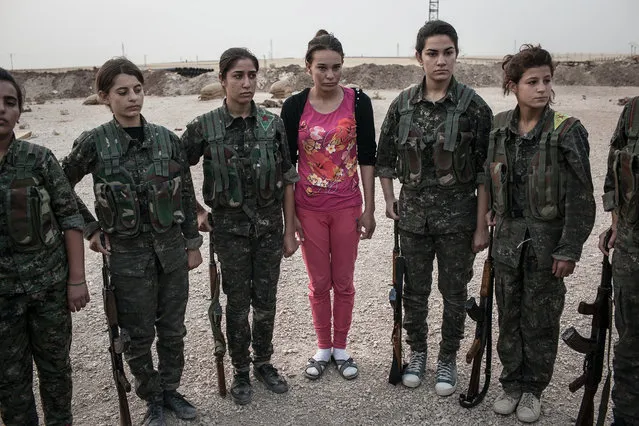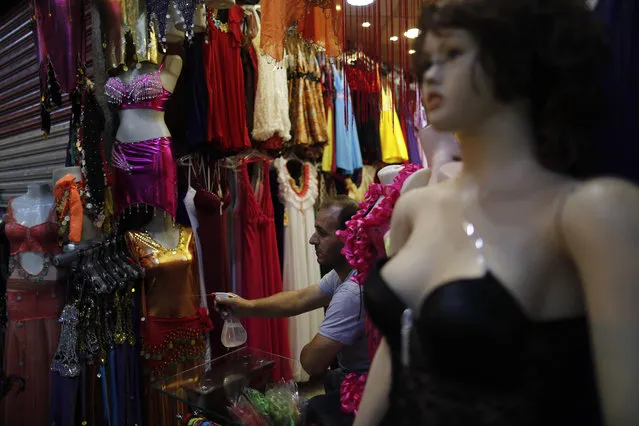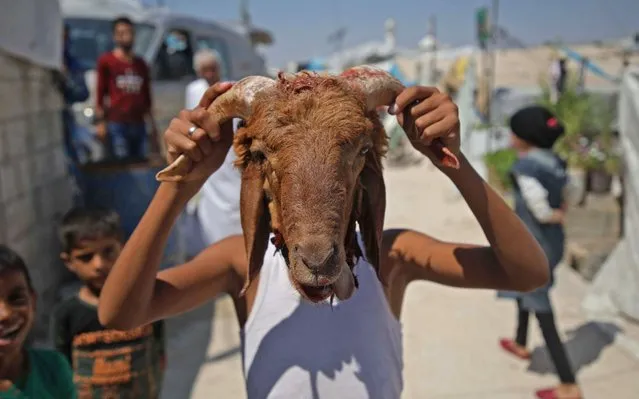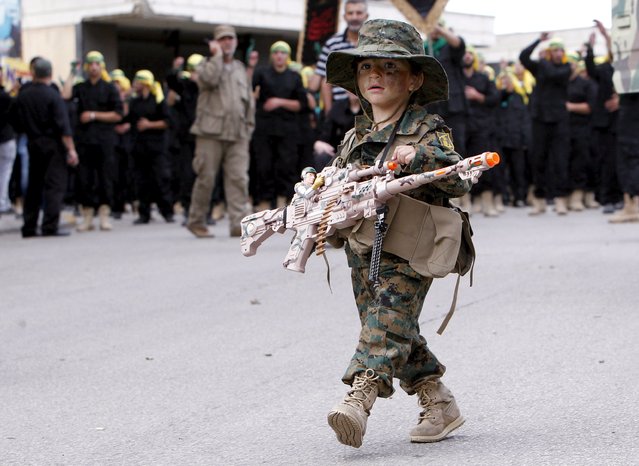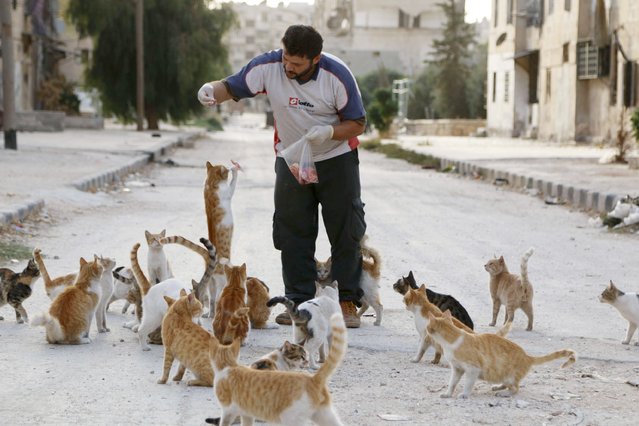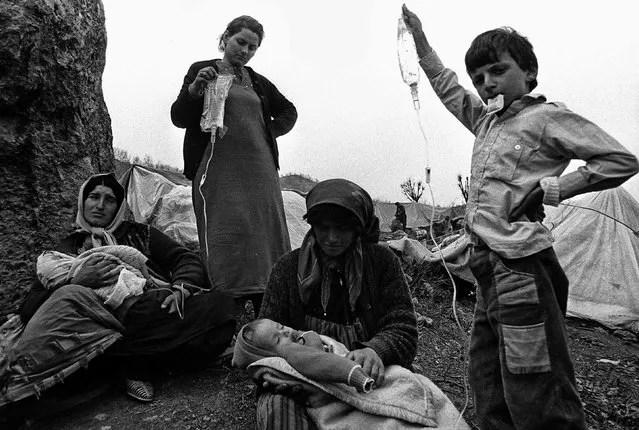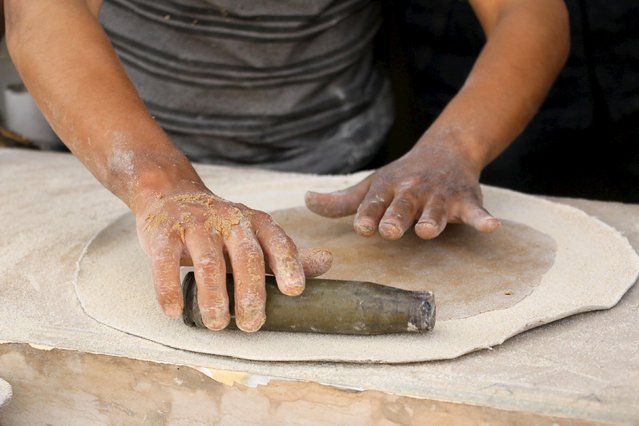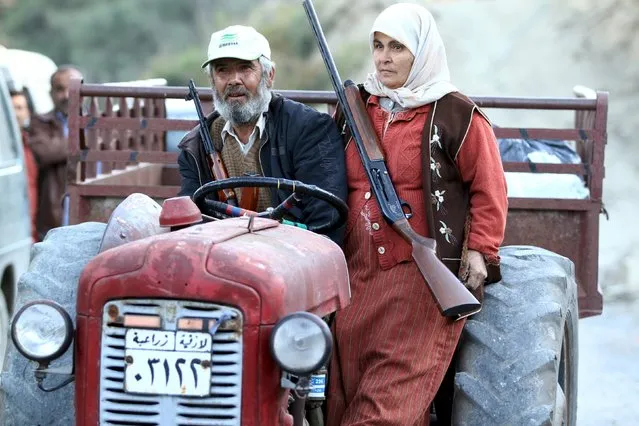
Armed Syrian Turkmen villagers are seen near the northern Syrian village of Yamadi, near the Turkish-Syrian border, Syria, November 24, 2015. Turkey shot down a Russian warplane near the Syrian border on Tuesday saying it had repeatedly violated its air space, one of the most serious publicly acknowledged clashes between a NATO member country and Russia for half a century. (Photo by Reuters/Stringer)
25 Nov 2015 08:07:00,post received
0 comments

